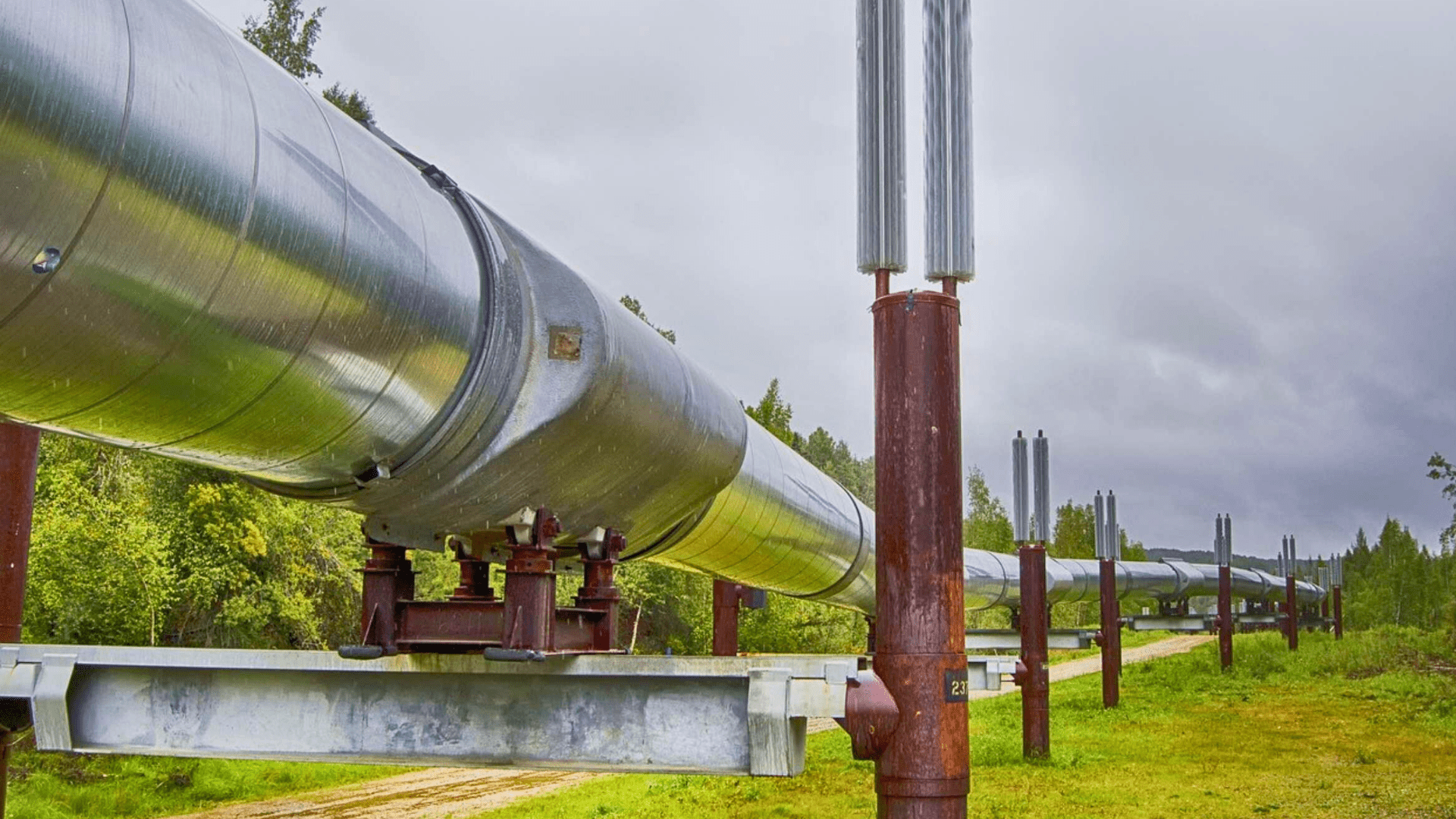Enhancing Pipeline Safety: Unveiling the Impact of Hydrogen on Steel Structures
Key Ideas
- University of Saskatchewan researchers are using synchrotron radiation to investigate how hydrogen affects steel pipelines by analyzing 3D images of hydrogen-induced damage.
- Microstructure of steel is crucial in determining hydrogen absorption and distribution, impacting the steel's brittleness and susceptibility to cracking.
- Findings from the study aim to enhance pipeline design for safe hydrogen transport in alignment with the global shift towards cleaner energy sources.
- Understanding the mechanisms of hydrogen embrittlement in steel is vital for mitigating failures and ensuring the safety and reliability of future hydrogen infrastructure.
Researchers at the University of Saskatchewan are delving into the impact of hydrogen on steel pipelines to address issues of brittleness and cracking in the metal. Using advanced synchrotron radiation techniques, they captured 3D images that showcased the hydrogen-induced damage within the steel's microstructure. The study led by PhD candidate Tonye Jack highlighted the significant role of steel's microstructure in determining how hydrogen is absorbed and distributed, shedding light on the vulnerability of pipelines to hydrogen-related damage.
Hydrogen, as a potential cleaner energy source, presents challenges for steel pipelines as its interaction with the metal can lead to embrittlement and cracking. Through their research, the team emphasized the importance of understanding the complexities of hydrogen embrittlement, especially concerning factors like the steel's microstructure, stress conditions, and operating environments.
The study revealed that the timing of hydrogen introduction into the steel also influences the extent of damage, with in-service exposure being more detrimental than pre-charging conditions. By focusing on refining the microstructure of steel, the researchers aim to develop pipelines that are more resistant to hydrogen embrittlement, crucial for maintaining the safety and reliability of hydrogen transport infrastructure.
While catastrophic pipeline failures are rare, the implications of such incidents are not only economic but also environmental. The findings underscore the necessity of continuous research to mitigate the risks associated with hydrogen embrittlement in steel structures, particularly as industries prepare to utilize existing natural gas pipelines for hydrogen transport.
As the world transitions towards cleaner energy solutions, the study's insights hold significance in ensuring the integrity and safety of future hydrogen infrastructure. By comprehensively understanding the interaction between hydrogen and steel, industries can take proactive measures to prevent failures and promote the sustainable transportation of hydrogen.
Topics
Utilities
Technology
Sustainability
Energy Transition
Research
Steel Industry
Material Science
Microstructure Analysis
Pipeline Design
Latest News
